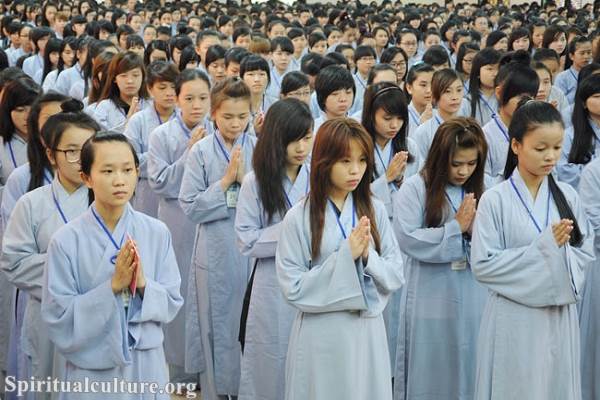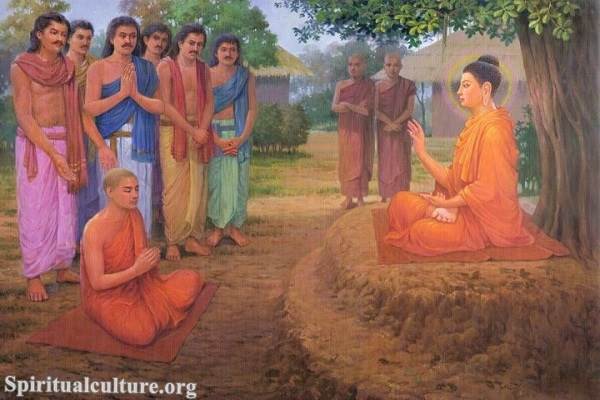Buddhism, a spiritual tradition that originated in India around 2,500 years ago, has deeply penetrated and influenced various cultures around the world. One such culture is Chinese, where Buddhism has taken on unique characteristics that differentiate it from its original form. Chinese Buddhism, with its rich history, practices, and philosophies, has played a significant role in shaping the socio-cultural fabric of China.
Buddhism in China
Buddhism was introduced to China around the first century CE via the Silk Road, a network of trade routes that connected the East and West. The religion found fertile ground in the Chinese culture and gradually began to take root, blending with indigenous philosophies such as Taoism and Confucianism. This amalgamation led to the development of a distinct form of Buddhism known today as Chinese Buddhism.
Chinese Buddhism has had a profound impact on Chinese history, culture, art, and literature. It has also influenced the Chinese worldview and way of life. Over centuries, Chinese Buddhism has evolved into a system of thought that incorporates elements of Mahayana Buddhism, Taoism, and Confucianism.
The Teachings and Practices of Chinese Buddhism
Chinese Buddhism is primarily a form of Mahayana Buddhism, which emphasizes the practice of the Bodhisattva ideal – the aspiration to achieve enlightenment for the benefit of all sentient beings. It also incorporates elements of Vajrayana Buddhism, known for its esoteric practices.
In Chinese Buddhism, meditation, chanting sutras, and making offerings to Buddha and Bodhisattvas are common practices. Moreover, Chinese Buddhists pay great respect to Guanyin, the Bodhisattva of compassion, and Amitabha Buddha, who promised to welcome anyone who calls upon his name into his Pure Land, a paradise where one can attain enlightenment more easily.
Chinese Buddhism also has a rich monastic tradition. Monks and nuns play a crucial role in the propagation of the Dharma (Buddhist teachings) and the performance of religious ceremonies. They follow a strict code of conduct called the Vinaya, which includes vows of celibacy, not handling money, and eating only before noon.
Chinese Buddhism and Chinese Culture
Chinese Buddhism has had a profound impact on Chinese culture. It has influenced Chinese literature, art, architecture, and philosophy. Many famous Chinese literary works, such as the Journey to the West and The Dream of the Red Chamber, draw heavily on Buddhist themes.
Buddhist art and architecture are also prominent in China. Countless temples, pagodas, and grottoes adorned with Buddhist statues and murals can be found across the country. The grottoes at Dunhuang and Longmen, and the Leshan Giant Buddha, are among the most spectacular examples of Buddhist art in China.
Furthermore, Chinese Buddhism has deeply influenced Chinese philosophy. It introduced concepts such as emptiness, non-self, and dependent origination, which challenged and enriched indigenous Chinese philosophies like Taoism and Confucianism.
Chinese Buddhism Today
Today, Chinese Buddhism continues to flourish in China and beyond. It has gained popularity in various parts of the world, including Southeast Asia, North America, and Europe. Many people are drawn to its practical teachings, emphasis on compassion and wisdom, and rich cultural heritage.
In conclusion, Chinese Buddhism, with its unique blend of Buddhist, Taoist, and Confucian elements, offers a rich tapestry of spiritual practices and philosophies. Its profound influence on Chinese culture is undeniable, and its teachings continue to guide millions of people on their spiritual journeys. Whether you are a practitioner or a curious observer, exploring Chinese Buddhism can offer valuable insights into the Chinese way of life and thought.



